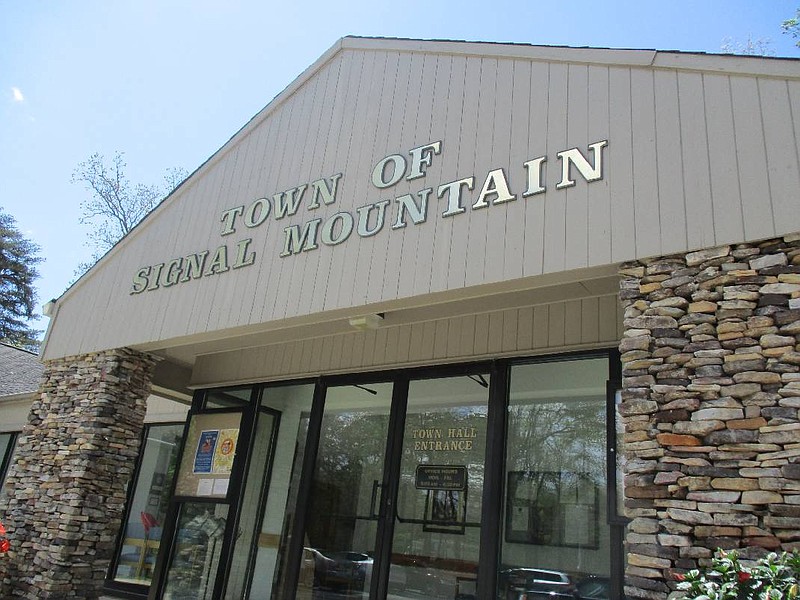The Signal Mountain School System Viability Committee released a progress report last week that shed light on how Walden and the unincorporated areas of Hamilton County would fit into a separate school district, should one be created.
Many of the 115 citizen-submitted questions answered in the report affirmed that students from these areas would have continued access to Signal schools, and outlined the financial impact that access would have for residents outside the town.
According to Tennessee law, any municipality seeking to establish its own school district must have a minimum of 1,500 students in its schools. On its own, Signal Mountain falls just short of that number, with a total of 1,425 students from the town enrolled in its three schools. The stipulation means the town would need students from Walden and the unincorporated areas in order to break away from Hamilton County Schools, SSVC members said.
"If anyone's saying that they're going to shut out the Walden students if that school district gets made, that is a falsehood," SSVC committee member and Walden Vice Mayor Thom Peterson said during Walden's town hall meeting last month. "It would not be possible to do that. That is a fact."
Mountaintop families who live outside the town of Signal Mountain could be required to pay a non-resident fee to enroll children in its schools, though state law limits the amount the town could charge. The new school board would be responsible for setting a specific amount, but the fee cannot surpass the amount Signal would contribute to the school system's operational budget on behalf of its students.
That contribution is calculated on a per-pupil basis at a rate of 15 cents per $100 of assessed property value. Last year, that amount came to approximately $391,000, or $275 per student, illustrating the maximum amount that could have been charged to non-residents in 2016.
The fee represents only one way that residents outside the town could contribute to the school district's operational costs. According to the report, Signal could instead choose to negotiate interlocal agreements with Walden and Hamilton County on behalf of the unincorporated areas that would specify other methods of payment.
Another option the SSVC is looking into is the possibility of forming a multi-jurisdictional school district with Walden and the unincorporated area, though such districts are not currently permitted by the state. If it is possible to change state law and form a joint school district, additional property taxes could be issued to residents in those areas to help fund the district's operation.
Other fees asked about by citizens were those regarding recreational and athletic facilities. According to the report, facilities absorbed by the school district and used solely for school purposes would require no usage fees for non-resident students. Those owned by the town and not used exclusively by the school would retain the town's non-resident fees.
The progress report addresses other issues regarding Walden and the unincorporated area, such as their representation on a school board, in addition to financial information regarding students from outside Hamilton County. The report also contains information about Signal students' eligibility for magnet and charter schools outside the town and services provided for those with special needs.
The full report can be found on the town of Signal Mountain's website at signalmountaintn.gov.
